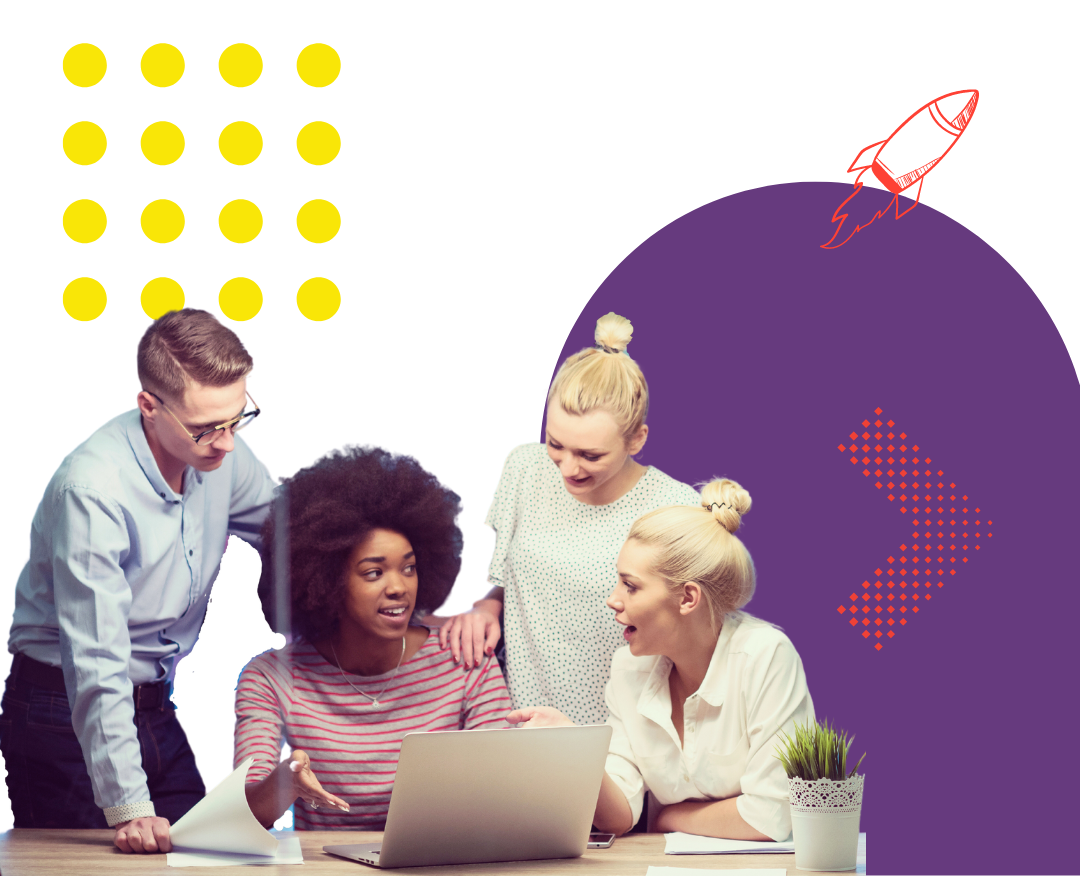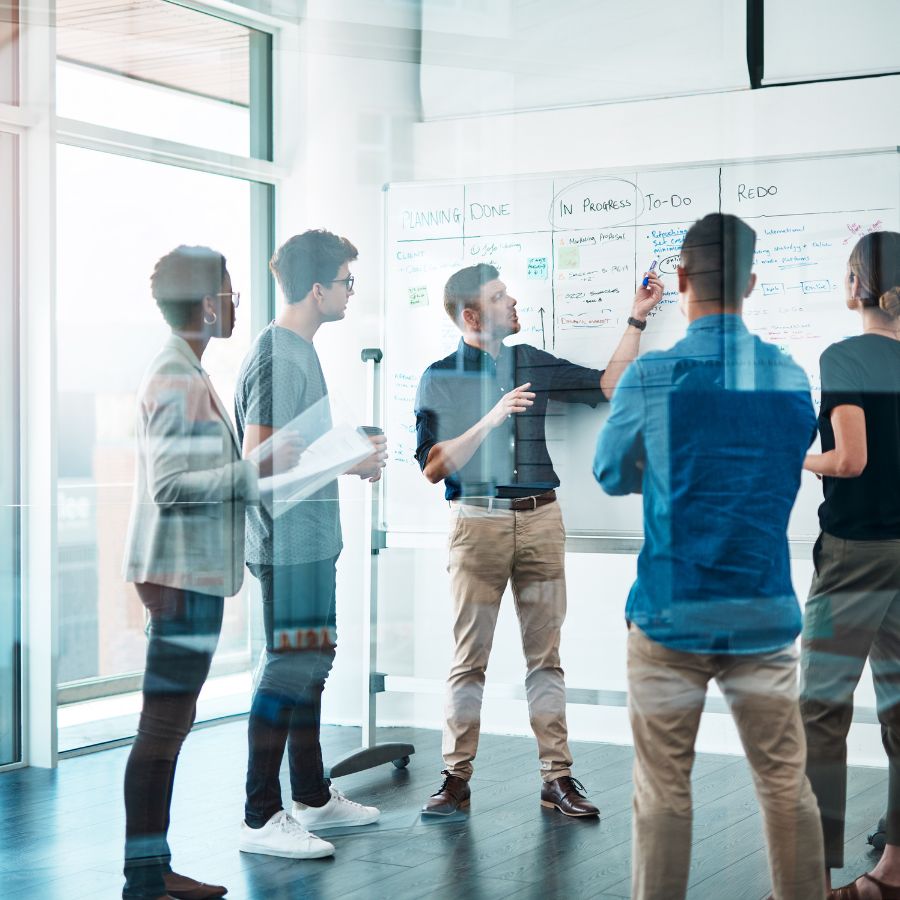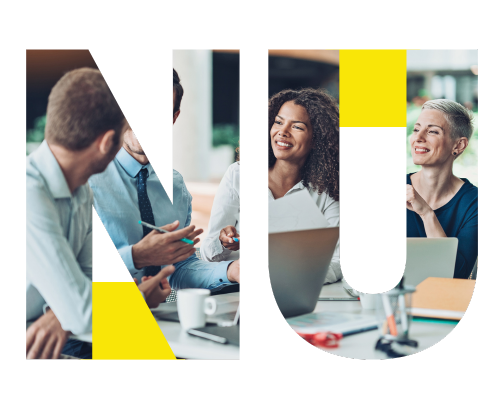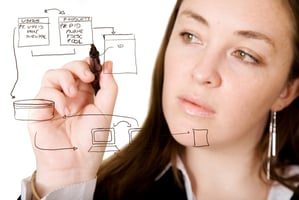
Your Fractional CTO & Technology Development Partner
Offering part-time and interim Chief Technology Officer services, helping you with market discovery and strategy while building customer-driven software.

Trusted by innovative companies




A fractional CTO consulting firm
We have a team of highly skilled and experienced Chief Technology Officers (CTOs) with a proven track record in delivering strategic direction and technical leadership across diverse industries. Within our team, we are proud to have co-founders and top-level executives from highly successful unicorn and major tech companies in both the United States and Canada.
Our fractional CTOs serve as your trusted advisors, seamlessly integrating their extensive expertise into your organization to foster innovation, enhance efficiency, and drive growth.

Why you should consider our fractional CTO services
Our focus is always on addressing business objectives, rather than just writing code! We help you to identify and prioritize your business objectives and deliver on them to satisfy the needs of your stakeholders and target clients.
Unparalleled expertise
When you partner with us, you'll have access to experienced professionals who have successfully navigated complex technology landscapes throughout their careers. Our fractional CTOs will bring fresh perspectives tailored specifically to meet your business needs at every step.
Cost-effective solution
We know how important it is to make the most of your resources for your organization's success. With our flexible engagement model, you can easily access top-notch executive talent within your budget constraints, without the burden of additional overhead costs typically associated with full-time hires.
Customized solutions
We recognize that every business has its own distinct needs when it comes to technology strategies. That's why our Fractional CTO services are carefully customized to align with your specific goals and challenges. Whether you require assistance with crafting a comprehensive technology roadmap, optimizing team management, selecting the right vendors, or enhancing cybersecurity measures, we have the expertise to cater to your unique requirements.
Seamlessly integrated teams
Concerned about the potential disruption brought on by external consultants? Rest assured! Our fractional CTOs effortlessly mesh with your current teams, working alongside your employees to align technology initiatives with your overall business goals. They serve as catalysts for collaboration and the exchange of knowledge.
Transform your business with NuBinary
At NuBinary, we are excited to provide you with the ideal technology solution, no matter where you are in your business journey.
Launch
- Digital Adoption (CDAP & DCC)
- Venture Jumpstart
- MVP & Software Development
Develop
- Fractional CTO
- Product Development
- AI Consulting Services
Scale
- Fractional CTO
- Privacy & Security Compliance
- Hiring Services
Clients' kind words
Extremely well experienced, our Fractional CTO did a great job reviewing our development and proceeded to make excellent suggestions on how to further improve our stack.
Mike Dixon CEO and Founder, Synauta

NuBinary services have helped us achieve a “Best-In-Class technology platform” that is receiving accolades from both consumers and experienced healthcare professionals. Our differentiated technology has helped us gain new business.
Nancy White Chief Executive Officer, Inagene
Seeing how fast everything was incorporated and the back-and-forths between our teams while staying on target and on time, in addition to everybody putting effort to make sure that everything was done at the right phase was incredible.
Amirreza Amighi, PhD Co-Founder and CEO, Mazlite Inc
With NuBinary's help our development team morale is high, our stack has been modernized and we were able to release a newer more stable version of our platform all while migrating from on-prem to the cloud. I would highly recommend NuBinary to any tech company looking to make strategic (and often scary) technology transformations.
Tim Leys Partner, Consumer Intelligence Group (CiG)
The NuBinary effect
We bring together the power of Business Strategy, UX Design, and Engineering to deliver innovative solutions that fulfill your product requirements.
We are a consulting firm, and we guarantee our service delivery and quality through NuBinary Partner peering and supervision
- Every CTO engagement is supervised by a full-time senior partner CTO.
- We unlike freelancer CTOs, work and render services through a framework that has been developed throughout 100s of years of our collective experience.
Team of seasoned CTOs with entrepreneurial backgrounds
- Several of our CTOs have been integral members of the founding or executive teams of major technology companies in the US Canada.
- We have been instrumental in guiding companies from the early stages of ideation to providing valuable support during M&A and IPOs.
Deliver services through a consistent, repeatable and tested framework
- We have developed a proprietary CTO best practice frameworks and tools.
- We embrace the power of automation, whether it's through the creation of customer delivery dashboards or leveraging the incredible capabilities of ChatGPT and Copilot in coding.
Continuous training, mentoring and coaching of our staff and consultants
- Weekly internal workshops and lunch and learn.
- Bi-weekly webinars with external partners around the technology and business trends
Our success always aligns with our customers’
- We specialize in providing fCTO services, and the longer we stay involved, the more value we can bring to your business.
- At NuBinary we believe that the success of a project does not solely depend on its size, as our focus is on achieving long-term success.
- Our team provides services until it becomes financially viable to establish internal teams, ensuring long-term success for your business.
Today’s complex technology development needs many senior tech leaders
- Various technological components are integral to modern-day technology, encompassing firmware, middleware, cloud and software infrastructure, cybersecurity and data privacy, AI/ML, blockchain, and more.
- The days of creating an app and revolutionizing the world, similar to the success of companies like Uber, are a thing of the past.
We are well-connected and widely experienced
- Throughout the years we have built a large network of partners across US and Canada, amongst them are Incubators, Accelerators, Venture Studios & Venture Capitalists (VCs).
- We have the experience of working in many different industries, such as, SAAS, FinTech, MedTech, Telemedicine, Smart Buildings, Smart Home, Smart Manufacturing.
Some of our valued partners
Array of offerings
Our team of experienced Fractional CTOs is here to help you build customer-driven software, no matter what stage your business is at.
- Business and technology alignment
- Technology roadmap planning
- People, process and technology mapping
- Team building, knowledge transfer and sharing
- Cloud and Devops infrastructure implementation
- Cyber security and Data privacy compliance
- Custom and CTO-led software development
- Rapid MVP development
- Grant and investment support
- CTO coaching
- Business Continuity, data protection and disaster recovery framework planning
Frequently asked questions
Is NuBinary a marketplace of CTOs or recruiting agency?
Do you take equity from companies?
Occasionally, we do consider taking equity in our most exceptional clients who demonstrate market validation and impressive progress. These exceptional individuals make up the top ten percent of our client base.
How many clients have you worked with?
We have delivered positive outcomes to over a hundred clients across North America.
Do you guarantee quality of the work?
At NuBinary, our primary focus is to deliver exceptional service quality in all our offerings, aiming to achieve success-driven outcomes.
Do you work with companies that already have CTOs?
Yes, we offer a wide range of specialized services tailored to companies with an existing CTO. From CTO coaching, fractional CISO and cyber security services, to hiring assistance, fractional/interim technical lead, training, and software development, our offerings are designed to meet the unique needs of businesses with established CTOs.
What industries do you have experience in?
Our expertise spans across industries like Healthtech, MedTech, IoT, SaaS, Fintech, EdTech, eCommerce, Social Media, Digital Transformation, Cyber Security, Blockchain and Crypto, Hardware, Robotics, eCommerce, Marketplaces, LegalTech, GovTech and Marketing.
Can you build new products?
Absolutely! Our in-house team of seasoned developers excels at crafting top-notch products for our clients, delivering exceptional quality and shortest possible turnaround times.
Which stage of startups do you collaborate with?
We work with startups at any stage, starting from the early/idea stage all the way to scale ups and public companies.
Where are your CTOs located?
While the majority of our talented CTOs can be found in Southern Ontario, we are proud to have a strong presence of CTOs across all major Canadian cities, as well as in the United States.
Is there a minimum engagement required to hire NuBinary?
No
Can NuBinary help us build an in-house team?
Indeed, we have successfully established numerous in-house development teams for our valued clients and recruited a multitude of talented technical professionals thus far.
Do you help clients with grant applications?
Is it possible for our Fractional CTO to be present at the meetings and offer guidance to our board?
Yes.
To what extent do CTOs engage in hands-on work? Are they actively involved in coding?
Is it possible for the CTO to assume the responsibilities of a project manager, product manager, or scrum master in the early stages?
Indeed, it is highly recommended to assign these responsibilities to the CTO during the initial stages to enhance the team's productivity.
Do your CTOs have startup experience?
Yes, all of our CTOs bring invaluable experience, having served as technical co-founders, CTOs, VPs of engineering, or in similar executive positions within startups.


